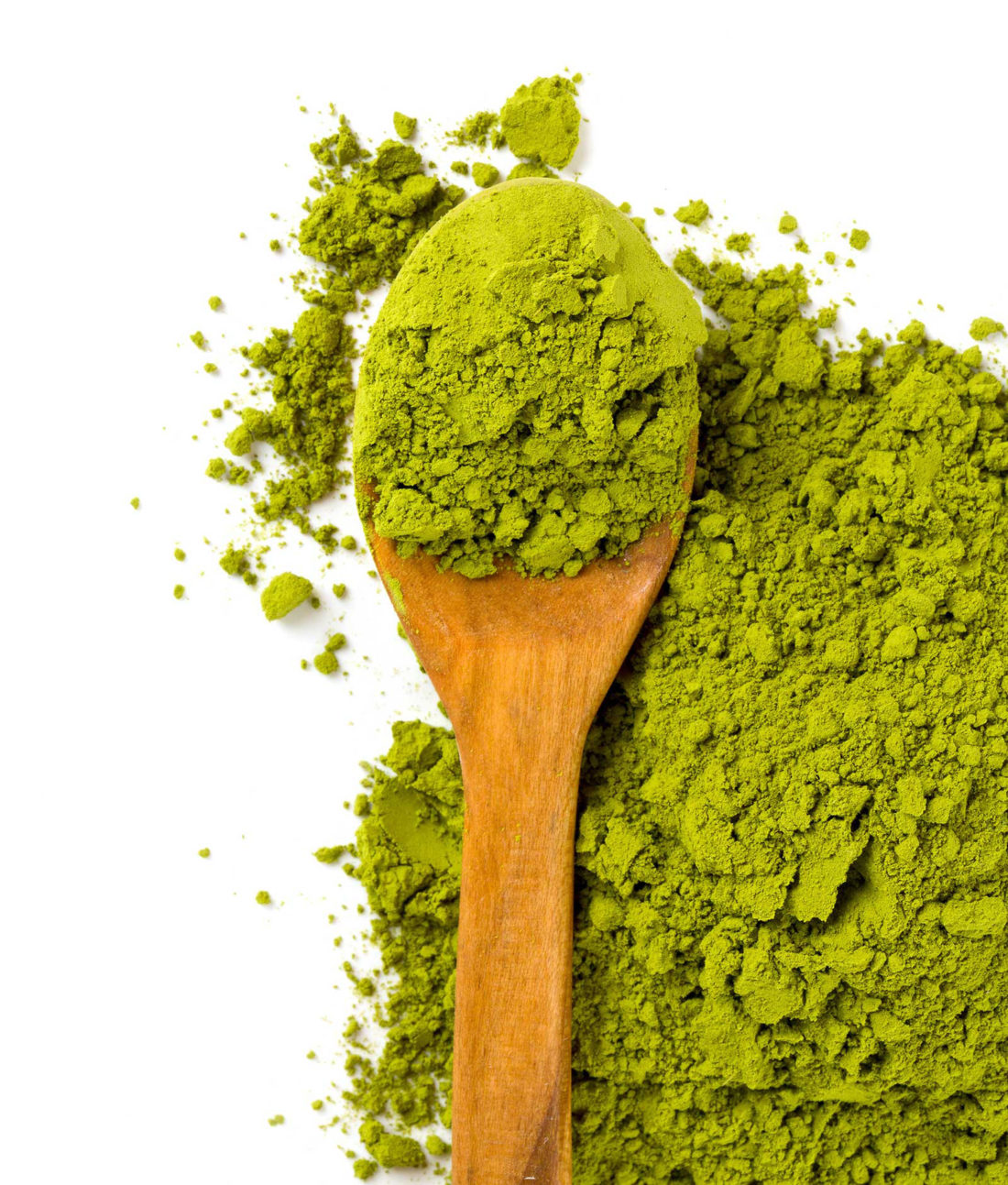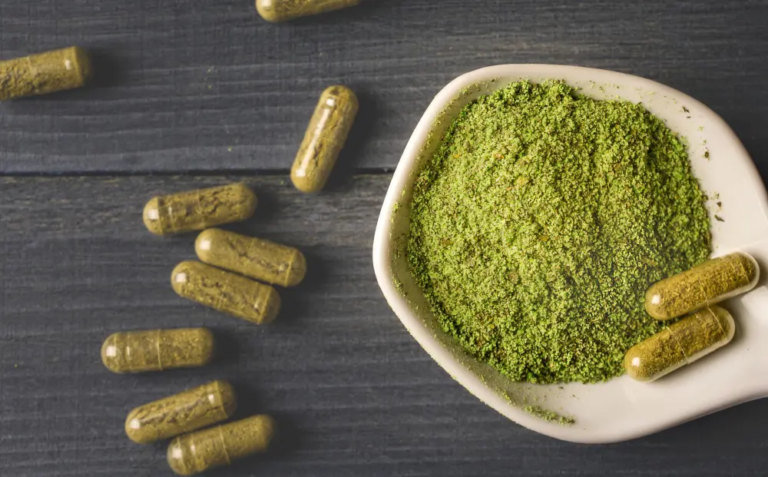Kratom – Deadly or Life Saving?

Advocates believe the powder helps people kick opioids without risk of addiction. When the DEA tried to criminalize it, they fought back.
The glossy green leaves of the kratom tree, part of the coffee family, have been consumed for centuries in Indonesia, Malaysia, Thailand, and neighboring countries. Farmworkers believed that chewing the leaves gave them energy during long, sweltering days, and that larger amounts helped treat coughing, diarrhea, chronic pain, and opium addiction.
Kratom gained popularity in the U.S. over the past decade or so, as its availability spread online and in head shops. Two or 3 grams of powdered extract steeped in hot water or whipped into a smoothie offers a mild, coffee-like buzz; doses double or triple that size can induce a euphoria that eases pain without some of the hazardous side effects of prescription analgesics
The underpinnings of kratom’s stimulation power are broadly known in the scientific community, though virtually all research into the drug has been restricted to animals. Kratom works a lot like morphine. Scientists disagree on whether kratom is addictive, but it has been observed in animals that its alkaloids also attach to the Kappa opioid receptor, which creates an aversion to opioid cravings.
The U.S. government didn’t pay much attention to kratom until July 2013. The U.S. government didn’t pay much attention to kratom until July 2013. In Washington, as lawmakers pressed regulators for action on the opioid epidemic, the FDA and DEA were building a case against kratom. They compiled research showing that calls about kratom-related illnesses to poison centers had risen tenfold since 2010. The FDA analysis sought by the DEA still wasn’t done in May, when DEA Acting Administrator Chuck Rosenberg decided—without the FDA objecting—to criminalize kratom immediately.
More than 130,000 supporters signed a whitehouse.gov petition seeking to stop the DEA. The public backlash surprised the DEA, which rarely gets such outcry over decisions not involving marijuana. As Pocan says, “This is hardly the tie-dye psychedelic crowd. These are people in their 30s, 40s, 50s with serious diseases and conditions who had to go to pain meds and got addicted.”
It appears to have been worth it. September ended without DEA action. Then, on Oct. 12, the agency shocked the kratom community by withdrawing its emergency plan. Instead, it would allow six weeks of public comment before taking any action.




